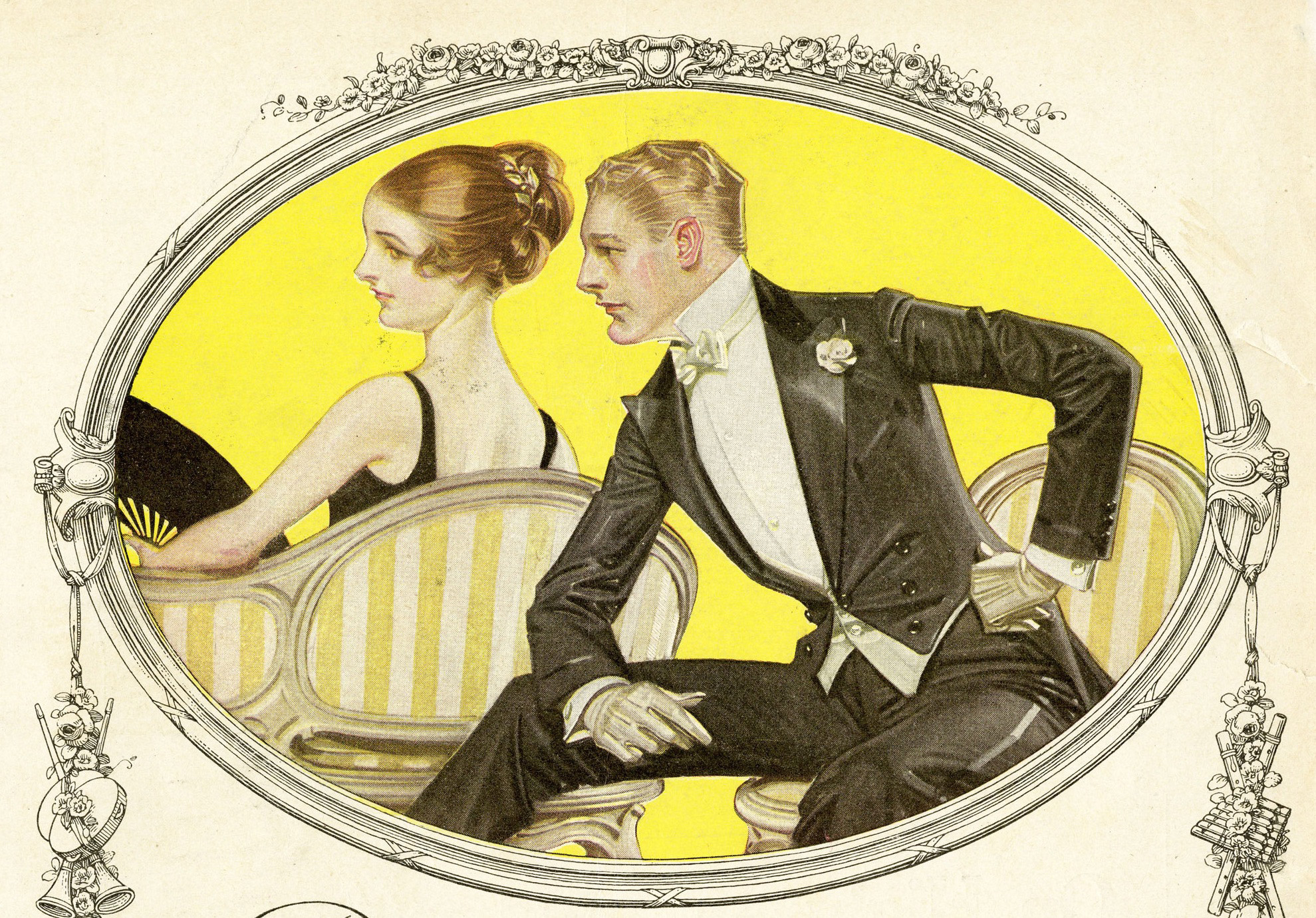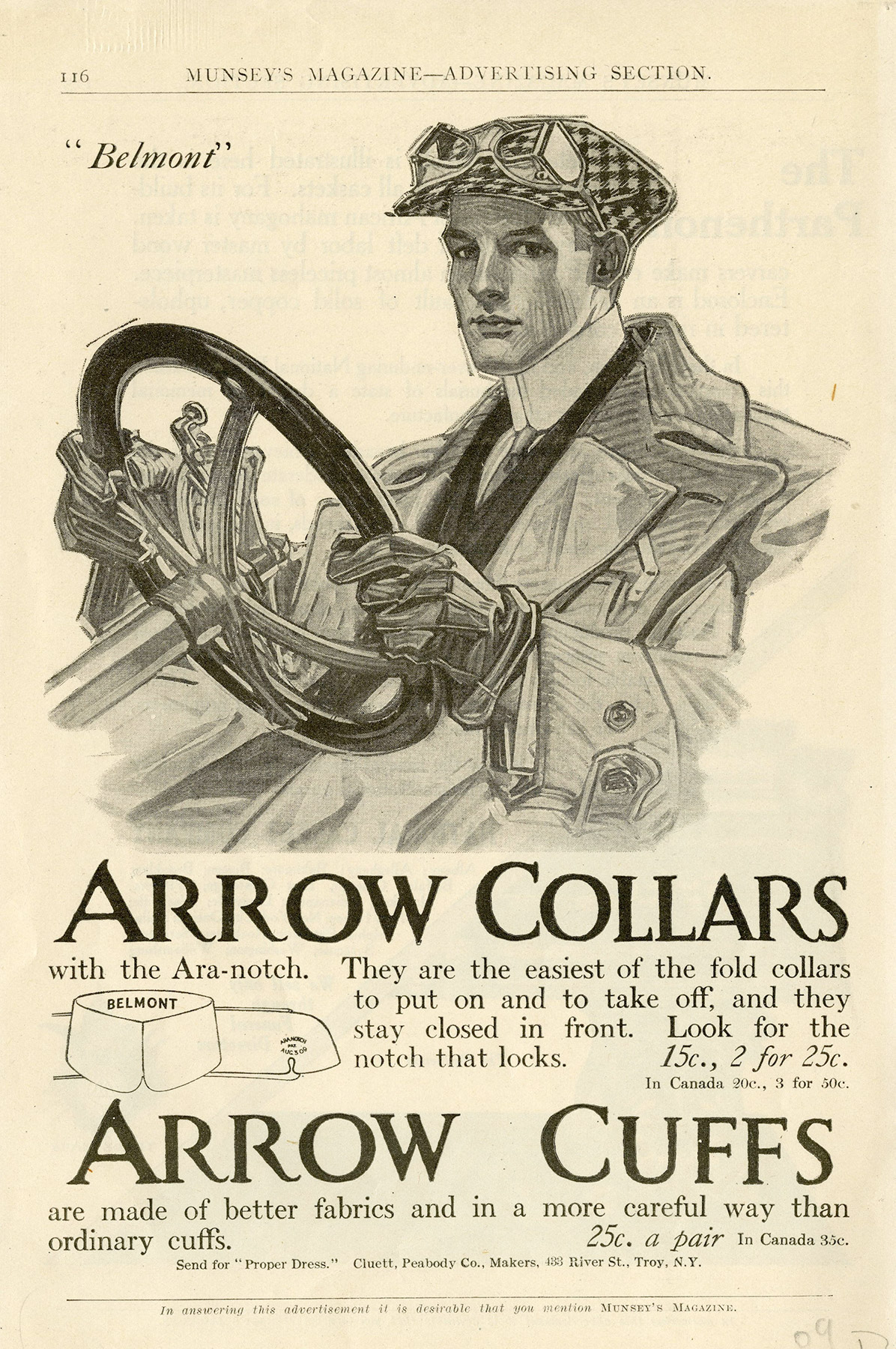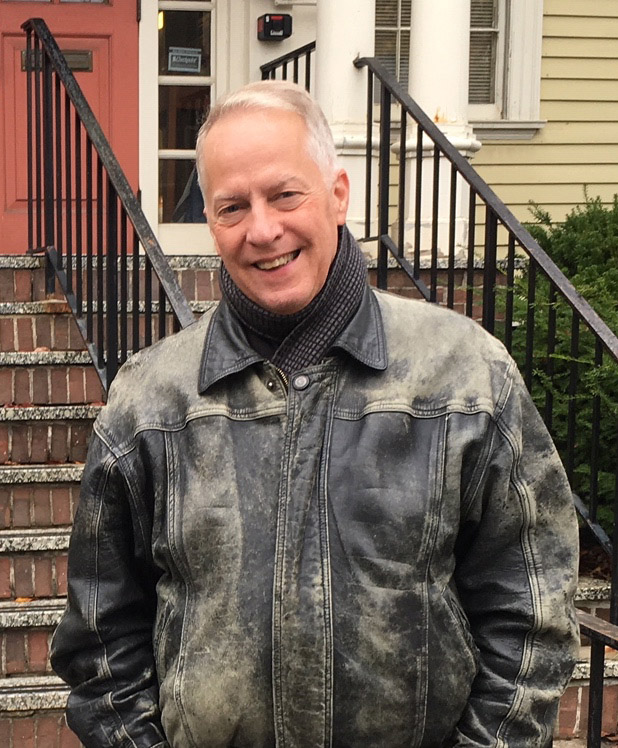Vassar Connections Propel Exhibition, Play at NC Art Museum
Vassar Connections Propel Exhibition, Play at NC Art Museum
An exhibition featuring the work of a noted 20th century illustrator has triggered a confluence of Vassar connections at a college more than 500 miles south of Poughkeepsie. The exhibit of illustrations by Joseph Christian Leyendecker, who captivated the public with his drawings of stylish men and women 100 years ago, opened last month at the Reynolda House Museum of American Art on the campus of Wake Forest University in Winston-Salem, NC.

Vassar connection number one, Allison Slaby ’93, is curator of the museum. Slaby said the Leyendecker exhibition was organized by the National Museum of American Illustration in Newport, RI, and will be on display at Reynolda House through December 31. “Leyendecker’s time period in the early 20th century coincides with the time the R.J. Reynolds family built the house that is now the museum,” Slaby explained. “We built a new wing 15 years ago that has a large space for temporary exhibitions, and Leyendecker is our fall exhibition.”
One of Leyendecker’s most famous clients was the company that made Arrow shirts, and the artist had a lifelong romantic relationship with Charles Beach, the model depicted in the Arrow magazine ads that featured Leyendecker’s drawings. That relationship prompted Reynolda to invite Vassar graduate Suzanne Shapiro ’04, fashion historian for PVH Corp. (formerly known as Phillips-Van Heusen and owner of the Arrow brand) to deliver a lecture, “The Sartorial Seductions of the Arrow Collar Man,” at the museum on September 26.

Shapiro said the “Arrow Collar Man” had been immortalized in a song by Cole Porter and was “definitely a bit of a celebrity in the 1920s and 30s.” She said she had written an article describing Beach’s relationship with Leyendecker for PVH in honor of LGBTQ Pride Month several years ago, inspiring Vogue.com to then run its own story.
In a third Vassar connection, Reynolda got in touch with Lance Ringel, Senior Writer in the Office of Alumnae/i Affairs and Development, about his play, In Love with the Arrow Collar Man, which also centers on Leyendecker and Beach. In fact, Shapiro and Ringel first met when she was part of a PVH group that attended a performance of his play in New York City in 2017.
Ringel’s play will be performed at Reynolda House on October 11 and 12. Ringel will attend the dress rehearsal and both performances.

“The art of J.C. Leyendecker, and his decades-long relationship with Charles Beach, combine to make an amazing story that I felt privileged to spotlight in writing In Love with the Arrow Collar Man,” Ringel says. “The North Carolina production is an exciting opportunity to bring the play to a whole new audience in the context of a major exhibition of Leyendecker’s art. The involvement of several people with Vassar connections, which brings an overlooked piece of art and cultural history, and LGBTQ history, to life, somehow feels very ‘Vassar’ to me.”
It feels just as “Vassar” to the fourth Vassar connection, Angela Mazaris ’98, director of Wake Forest’s LGBTQ Center. Mazaris said she and others at the center have been promoting the exhibit and play on campus as part of an ongoing effort to focus on diversity and inclusiveness at the college.
“We saw the Leyendecker exhibition as an opportunity to draw attention to someone you might describe as part of the LGBTQ community,” she added.
Mazaris said the fact that four people with Vassar connections were linked to this event was “exciting” but not surprising. “Many Vassar grads are doing critical thinking around gender and identity issues,” she said. “It’s a part of what Vassar taught me, and it embodies what Vassar does so well, taking a cultural artifact—a play, drawings in an exhibition—and using it as a lens to promote thinking about the broader questions of identity and inclusion in the world.”